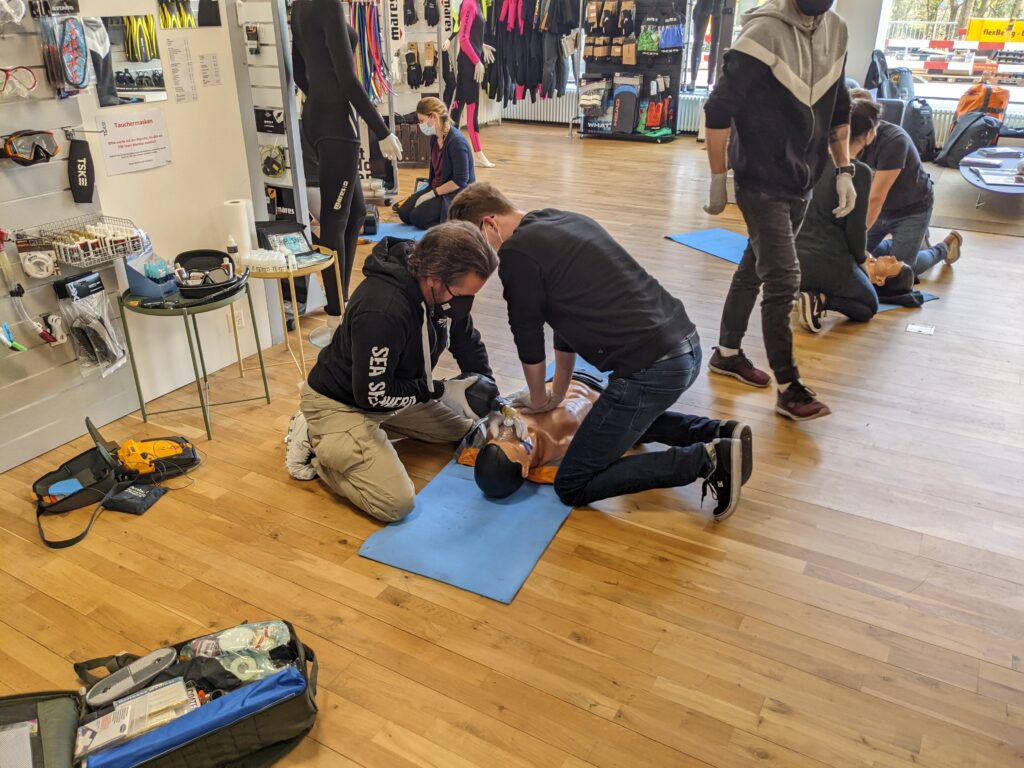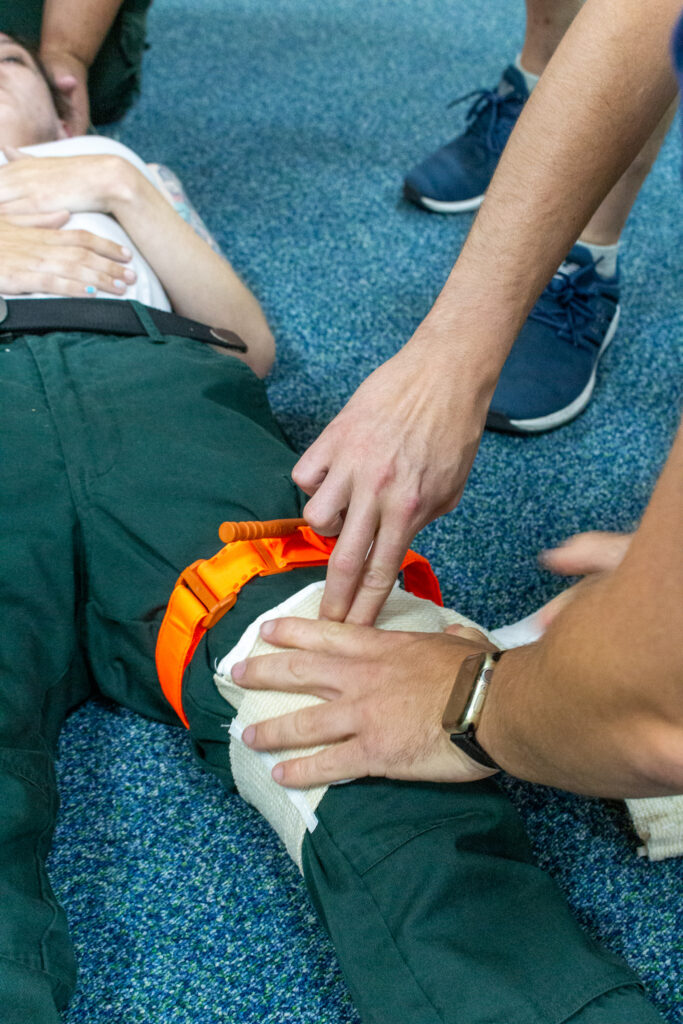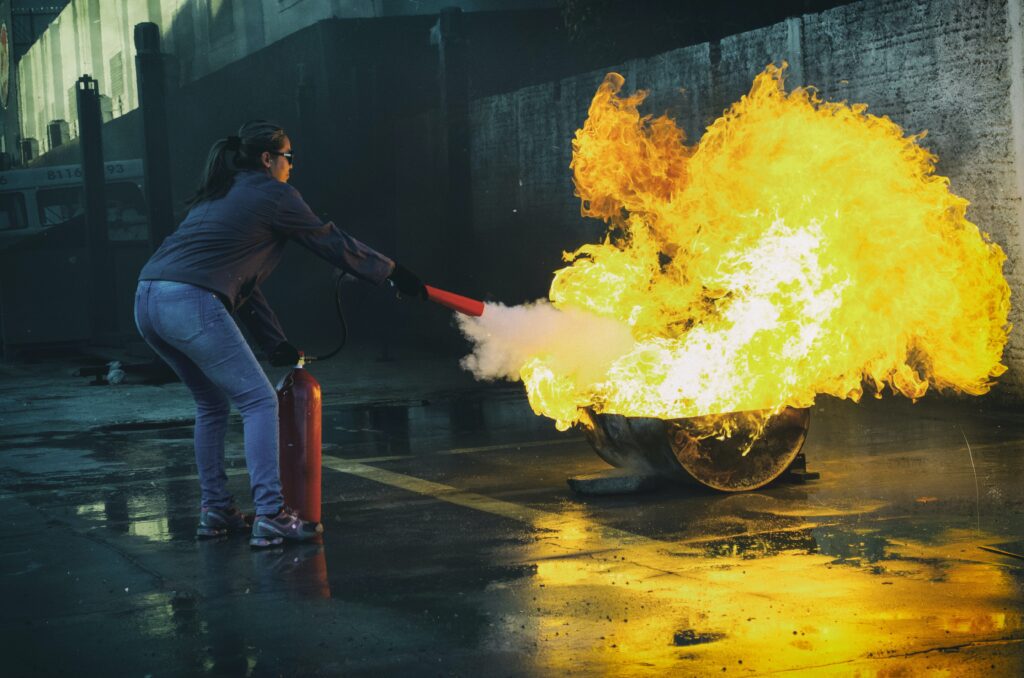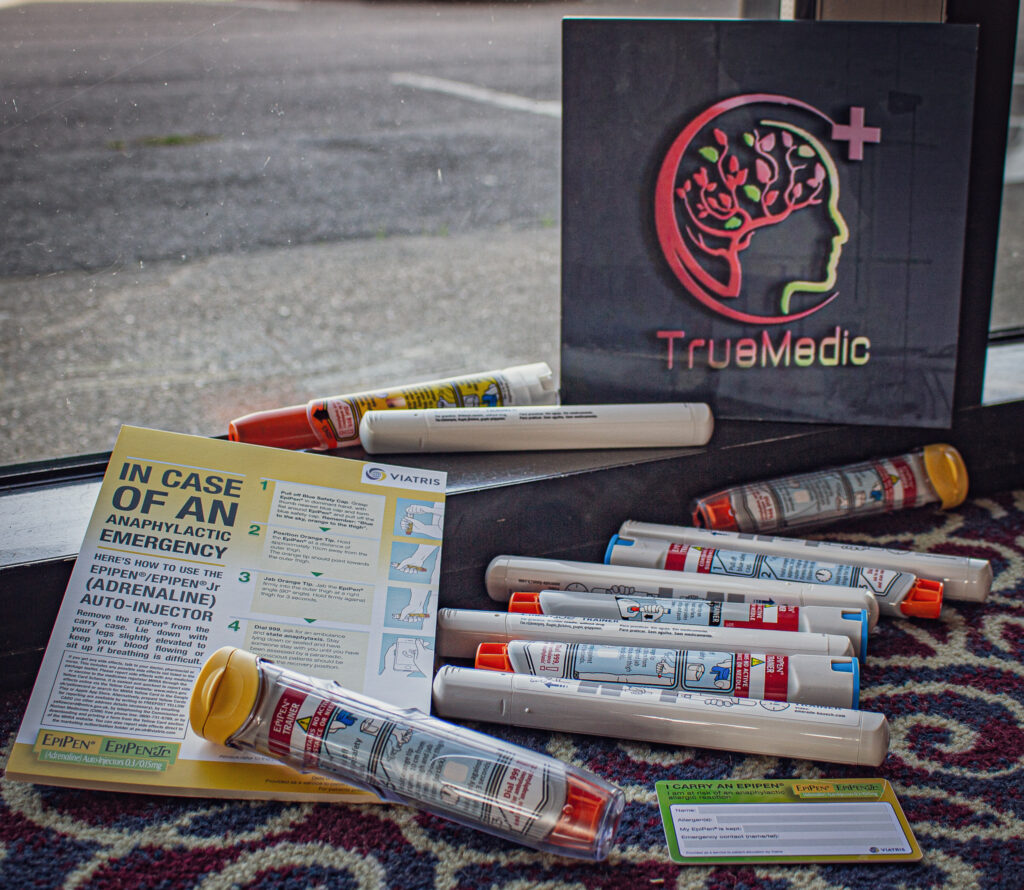We understand how difficult it is to move and handle people safely by lifting, pushing, and transferring them. Moving and handling people are critical aspects of day-to-day tasks, and there’s a risk of injury or harm if done incorrectly.
Healthcare professionals or medical staff often have to use force when handling people due to their medical condition. This sometimes results in employee exhaustion and low morale. Failure to move a person correctly could also lead to disability or death.
The well-being of those under our care is of utmost importance to us, so we’ve come up with the following guidelines and tips that should help you perform safe and effective moving and handling practices. Read on to find out more.

What Is Moving And Handling?
Moving and handling is a term that is often used in the medical field, but what does it mean? Moving and handling occurs when a person moves or supports another person or object. This can include lifting a patient out of bed or moving heavy equipment.Moving and handling essential parts of many medical procedures also require great skill and training.
We might use tools such as hoists and slings to help us move and handle people more safely. It is important to know the correct techniques for moving and handling, as incorrectly performed moves can result in injury or harm. Common tasks that involve moving and handling of patients include[1]:
- Assisting with washing and dressing.
- Assisting with bathing and toileting.
- Moving patients from bed to chair or wheelchair.
- Providing patient care, e.g., turning, repositioning, and transferring people who cannot move.
How to Move and Handle People Safely?
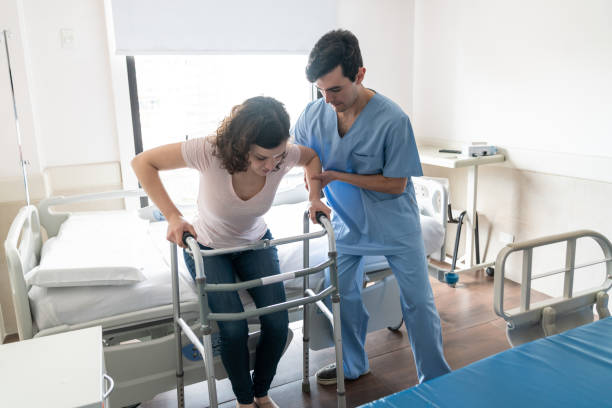
When caring for someone who cannot move independently, many basic principles must be considered before attempting to help them. These include:
1. Assessing The Situation
Before you attempt to move an individual, it is important to assess the situation. Are they able to assist with their movement? What objects may be in your way that could impede your progress? Are there any other individuals who can help you out?
Considering these questions before beginning, will make for a much smoother transition and reduce the risk of injury to yourself and the person you are helping. The environment should also be checked for any obstacles that may interfere with your ability to move the individual safely.
2. Body Mechanics
Your body is a complex machine capable of performing incredible feats. When it comes to moving and handling people, it is important to be aware of the limitations of your own body. Pay attention to posture and leverage when lifting and maneuvering people.
Knowing your strengths and abilities will help you remain safe throughout the process. If any person you assist is too heavy to lift by yourself, use a mechanical device or ask for help.
3. Planning And Positioning
When you are moving and handling people, it is important to have a plan. Think about how you will move the individual, where they will be placed once they are moved, and any changes you may need to make to ensure their safety.
Once the person is properly positioned, use appropriate supports such as cushions, pillows, and wedges to help keep them in place. Several factors involve in planning and positioning are:
- Choosing appropriate equipment
- Making sure the equipment is in good working order
- Positioning yourself close to the person you are assisting
Just like first aid is essential for medical emergencies, proper moving and handling training is essential for all caregivers. Taking the time to familiarize yourself with these basic principles will ensure that you can provide safe and effective care when needed.
4. Prepare The Person Being Moved
Once you have planned the movement, it is important to ensure the person you assist is ready for the transition. Talk with them about what will be happening and listen to any concerns they may have.
Ensure that all their clothing, jewelry, or other objects that could get caught in the movement are secure before beginning. Minimizing distances and using a sliding board can also help to reduce the risk of potential injury.
Finally, check that all equipment is in good condition and ready for use before beginning the transfer. This includes checking the wheels on wheelchairs and any other devices you may need. It is also important to ensure enough space is available around the person you assist in safely completing the transfer.
Moving and handling people is not always easy, but it can be done safely with planning, preparation, and proper technique. Following these basic principles will help ensure that you and the person you are assisting remain safe throughout the entire process.
Manual Handling Legislation
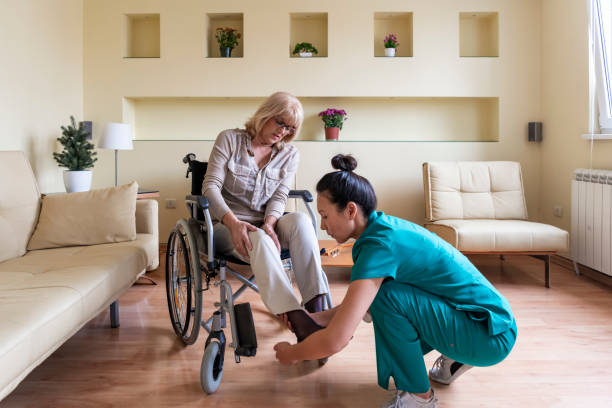
Working with people requires special consideration to ensure their safety and well-being. Manual handling legislation is in place to protect the health of workers and those being moved or handled. It sets out stringent guidelines for safe practice, which must be adhered to avoid any injuries that could be prevented by following these guidelines.
Manual Handling Operations Regulations (MHOR) legislation was first introduced in 1992, and the latest version was updated in 2002 [2]. These regulations state that an employer must
- Avoid the need for manual handling operations, so far as is reasonably practicable
- Assess the risk of injury from any hazardous manual handling that cannot be avoided
- Reduce the risk of injury from manual handling as much as possible.
- Provide employees with adequate information, instruction, and training to perform their work safely.
Health and safety execution inspectorates (HSE) regularly check workplaces to ensure employees abide by the MHOR regulations. Employers must ensure they have a valid risk assessment identifying any manual handling risks and suitable control measures.
Moving And Handling Techniques
A variety of techniques must be followed when moving and handling people safely[3].
1. Gain A Secure And Tight Grip
Using a secure and tight grip is necessary when moving and handling someone. This ensures that the person can be moved safely without any strain on their joints or muscles.
2. Keep The Load Close To Your Centre Of Gravity
When lifting and carrying people, it is important to keep the load as close to your centre of gravity as possible. This will help to reduce strain on your back and make movement easier.
3. Use Appropriate Lifting Techniques
To move people safely and efficiently, it is important to use proper lifting techniques. Ensure you bend your knees and keep a straight posture while lifting. Moving slowly and steadily is important to avoid accidental injuries or strain on the person’s body.
4. Position The Feet Correctly
When lifting or carrying someone, it is important to position your feet correctly. Make sure you have a wide stance and keep your toes pointed in the direction you are going. This helps to ensure that the load is evenly balanced and there is no strain on any part of your body.
5. Communicate With The Person
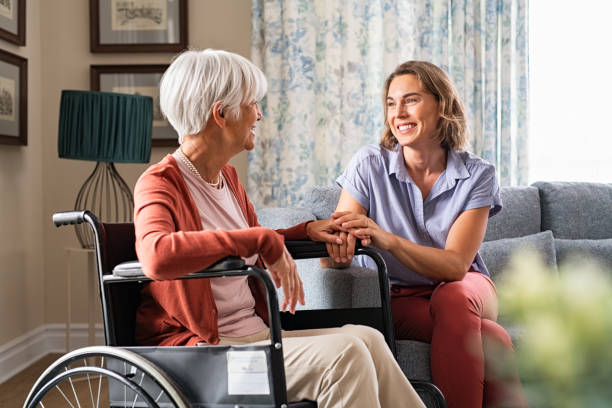
It is important to communicate with the person being moved or handled to ensure they are comfortable and safe. Ask them if any areas hurt or need extra support before moving them. This will help ensure that the person is not in pain during the process.
These basic principles should always be followed when moving and handling people safely. While moving someone with a disability, training is always essential to ensure that the person is safe and comfortable during the process.
With proper techniques, you can help reduce the chance of accidental injuries or strain on the body.
FAQs
1. How important is wearing appropriate clothing when moving and handling people?
It’s extremely important. When you’re moving and handling someone, you need to make sure that your clothing isn’t restrictive or loose enough that you can trip on it. In addition, any loose jewelry or items in your pockets can cause an accident. Before beginning the task, remove anything that could be a hazard.
2. What kind of shoes should I wear when moving and handling tasks?
It’s important to choose appropriate footwear for safety reasons; it should be flat, slip-resistant, and comfortable. Shoes with laces are preferable as they offer more stability when performing tasks requiring you to be on your feet for a long time. Heels should be avoided as they can cause an accident if caught in equipment.
3. Does the weight of the person I’m moving and handling matter?
Yes, it does. You need to assess the risk when lifting or to carry someone. Various factors, such as age, health, size, ability, and other conditions that may affect mobility, should be considered. Using suitable techniques and equipment when lifting or transferring someone is important to avoid any potential injuries.
References:
[3]https://www.virtual-college.co.uk/resources/principles-of-safe-moving-and-handling-in-care


